How can SLPs and other practitioners provide the best supports for adults with aphasia—and help them make a successful return to daily life? Clear answers are in this comprehensive text, the definitive guide to research-based strategies, supports, and technologies that improve outcomes for adults with chronic or acute aphasia.
Introducing a unique approach to aphasia treatment, this book goes far beyond coverage of AAC devices, revealing innovative ways to educate families and communities about the needs of people with aphasia and encourage ongoing participation in everyday life. SLPs, OTs, PTs, and other service providers will get the foundational knowledge they need to
- leverage today’s technology—both electronic and non-electronic options—to support communication
- ensure effective communication support across all healthcare settings and stages of recovery
- implement therapeutic assessments that involve patients as proactive partners in their rehabilitation
- weave communication supports into inpatient and outpatient therapy
- conduct aphasia treatment in small groups to enhance communication and reduce social isolation
- support participation in everyday situations, including self-care, leisure activities, and interpersonal interactions
- strengthen social relationships by training the communication partners of people with aphasia
- maintain ongoing, long-term communication support that adapts to changing needs
An ideal textbook for graduate courses on aphasia—and an indispensable resource for practicing SLPs and other service providers—this book will help professionals strengthen the communication skills, social competence, and life satisfaction of people with aphasia.
Includes brief, instructive case studies and quick-reference lists of communication strategies and supports.

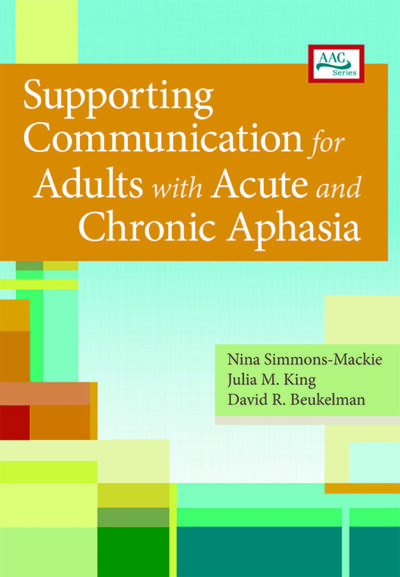
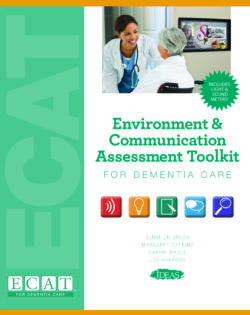
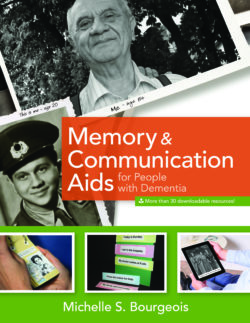
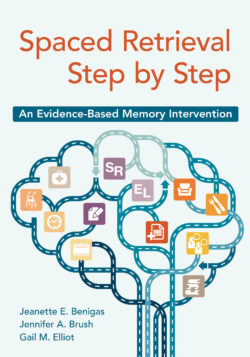
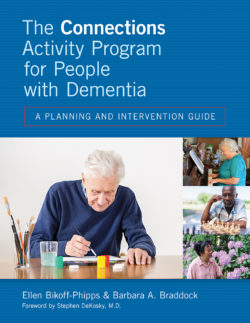
admin –
“A speech-language pathologist and aphasiologist can no longer say, ‘I don’t do AAC.’ The authors redefine aphasia management and show us that communication supports can be applied in every area, from assessment and treatment to policy and advocacy for all. A must-read.”
—Melanie Fried-Oken, Professor, Oregon Health & Science University
admin –
“A wealth of practical and relevant information on intervention with the ultimate goal of living successfully with aphasia. [This book] should be used by anyone interested in addressing the needs of people with aphasia and their families.”
—Ellayne Ganzfried, ASHA Fellow, Executive Director, National Aphasia Association
admin –
“A welcome and long overdue addition to the aphasia literature . . . Practice based on the principles contained in this book can change the face of aphasia treatment!”
—Aura Kagan, Executive Director, Education and Applied Research, Aphasia Institute, Toronto, Canada
admin –
“Presents a broadened view of aphasia . . . rich with personal stories, examples of strategies, and resources that will be appreciated by both students and practitioners.”
—Jane Wegner, Clinical Professor and Clinic Director, Schiefelbusch Speech-Language-Hearing Clinic, University of Kansas
admin –
“This book takes AAC in aphasia into a new stratosphere … A must-read for any aphasia therapist who hopes to improve the lives of their patients.”
—Linda Worrall, Director, NHMRC CCRE in Aphasia Rehabilitation, The University of Queensland, Australia
admin –
“A unique resource written by authorities in the field … essential reading for any clinician, lecturer and student who is determined to support a successful life for people with aphasia and their loved ones.”
—Emma Power, MSPAA, Lecturer, Neurogenic Communication Disorders, Faculty of Health Sciences, University of Sydney
admin –
“This book will become required reading, to accompany an adult language disorders text, in my aphasia course.”
—Kristine Lundgren, Associate Professor and Department Chair, Department of Communication Sciences and Disorders, School of Health and Human Sciences, University of North Carolina at Greensboro